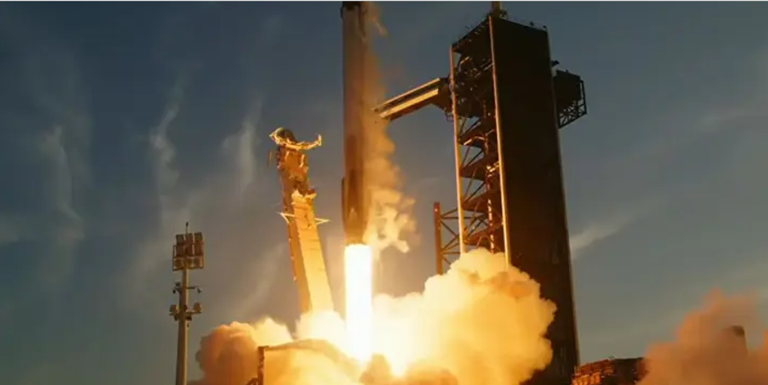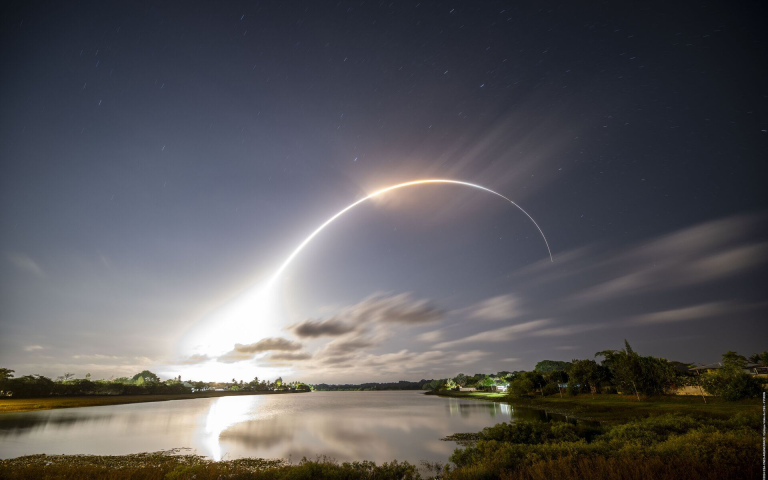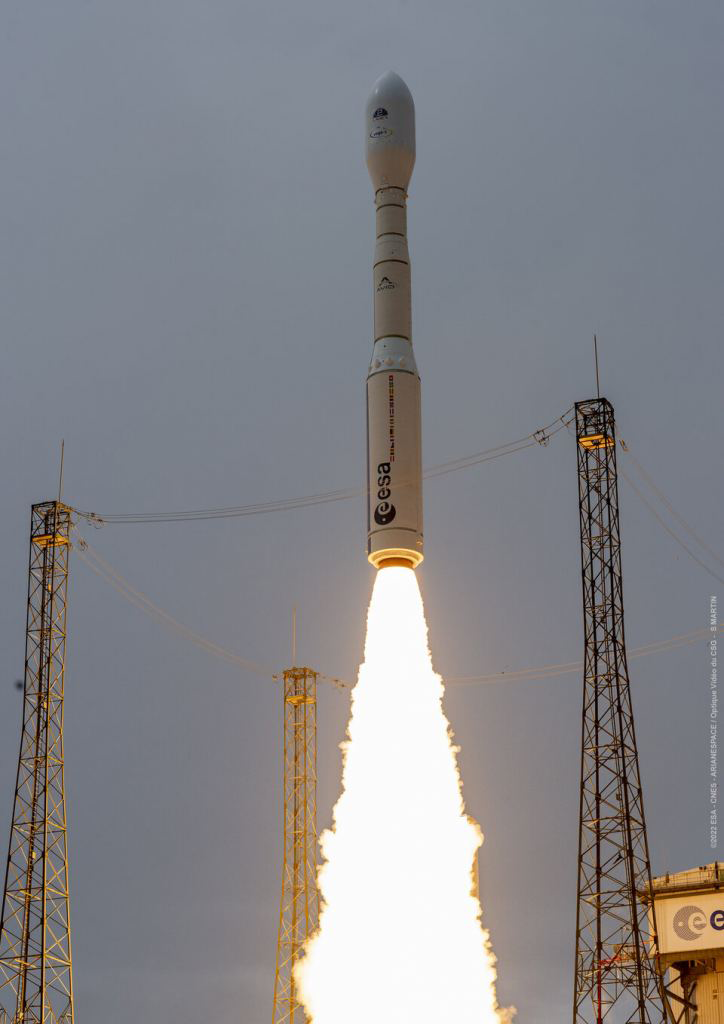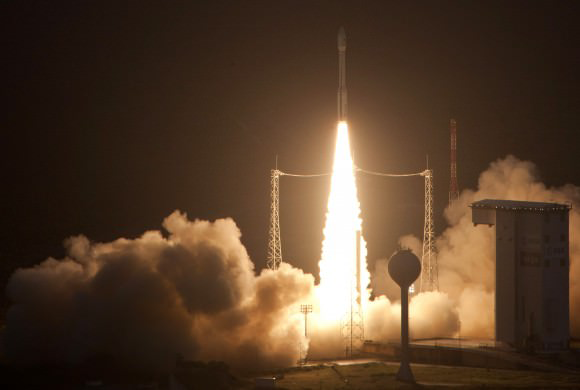SpaceX Crew-10 Launch Rescue: Bringing Astronauts Home
SpaceX’s Crew-10 mission launched on Friday to bring back two NASA astronauts who stayed on the International Space Station (ISS) since June 6. This mission shows how NASA and SpaceX work together to solve problems and keep astronauts safe.
Summary:
- Mission Goal: Bring home NASA astronauts who were stuck on the ISS.
- Crew Members: Four trained astronauts, including Commander Anne McClain and Pilot Nichole Ayers, will run the mission.
- Rescue Plan: The mission will rescue astronauts Butch Wilmore and Suni Williams after a delay caused by a hydraulic issue.
- Pre-Launch Steps: The crew went through careful checks, including medical tests and a fun card game for good luck.
- Launch Details: The launch took place from Kennedy Space Center in Cape Canaveral, Florida, using a SpaceX Falcon 9 rocket and Dragon spacecraft.
- Mission Tasks: Once at the ISS, the crew will perform science experiments, technology tests, and routine maintenance.
- Delay and Weather: The mission was delayed by a hydraulic problem, and both NASA and SpaceX waited for good weather.
- Historical Impact: This mission is important as it shows how space rescue and research work hand in hand.
- Collaboration: The teamwork between NASA and SpaceX is a key part of the mission.
- Future Benefits: The mission will help us learn more about space travel and improve future rescue plans.
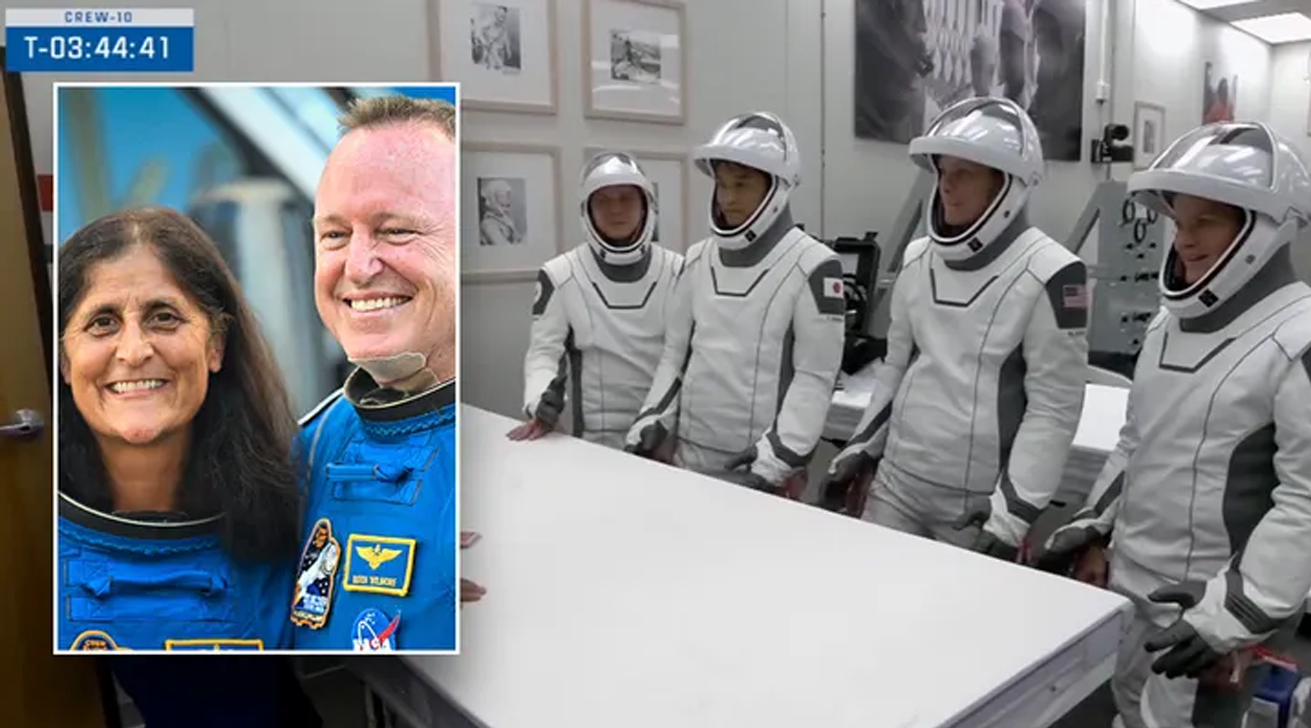
Introduction
On Friday evening, SpaceX launched the Crew-10 mission. The goal was to bring back two NASA astronauts from the International Space Station (ISS). These astronauts, Butch Wilmore and Suni Williams, have been on the ISS since June 6. They were not planned to stay so long. Their extra time came because Boeing’s Starliner spacecraft had problems.
This mission shows the teamwork between NASA and SpaceX. Both groups worked hard to plan every detail. They made sure that all safety checks and tests were done before the launch. The mission took place at Kennedy Space Center in Cape Canaveral, Florida. SpaceX used its reliable Falcon 9 rocket and Dragon spacecraft for the launch.
The mission was special. It mixed science and rescue in one operation. Space travel can be very hard and full of surprises. Even a small problem, like a hydraulic issue on the ground, can delay a launch. But waiting for the right moment is very important in space missions.
Mission Overview
The Crew-10 mission was planned with great care. The main goal was to rescue the two NASA astronauts and bring them safely back to Earth. The rescue was needed because of a delay in Boeing’s Starliner mission. Instead of risking a quick launch, the team waited for the best conditions. NASA and SpaceX both checked the weather. They saw a 95% chance of good weather on Friday.
The launch started with a lot of planning. Before leaving, every astronaut went through a medical check. They also took part in briefings and even a card game to wish for good luck. This mix of science and fun shows that space missions are not just technical tasks—they also have a human side.
Below is a table that shows the main details of the mission:
| Mission Detail | Description |
|---|---|
| Mission Name | SpaceX Crew-10 |
| Launch Date | Friday (local time) |
| Launch Site | Kennedy Space Center, Cape Canaveral, Florida |
| Spacecraft | Dragon Spacecraft |
| Rocket | Falcon 9 |
The launch was successful after the delay. When the conditions were right, the Falcon 9 rocket lifted off and the Dragon spacecraft started its journey into space. This was a proud moment for everyone involved.
Crew and Pre-Launch Preparations
The Crew-10 team is made up of four skilled astronauts. Their roles are very clear. Commander Anne McClain leads the mission. Pilot Nichole Ayers takes charge of flying the spacecraft. Mission Specialists Takuya Onishi and Kirill Peskov help with experiments and technical tasks.
Before the launch, the team had many checks to ensure everything was safe. They had medical tests, and they attended meetings where all steps were explained. They also took part in small traditions that make space missions more fun. One fun moment was when the crew rode to the launchpad in Tesla cars. The cars had license plates that said “LIF10FF,” a nod to the mission number.
The following table explains the roles of each crew member:
| Crew Member | Role | Responsibility |
|---|---|---|
| Anne McClain | Commander | Leads the mission and makes key decisions |
| Nichole Ayers | Pilot | Flies and controls the spacecraft |
| Takuya Onishi | Mission Specialist | Helps with experiments and technical tasks |
| Kirill Peskov | Mission Specialist | Provides technical support and assists with tasks |
Every step was planned to make sure that the mission would be safe and smooth. The detailed checks and the calm preparation made the crew ready to face any challenge.
Challenges and Delays
Space missions are not always smooth. Even with careful planning, problems can happen. The Crew-10 launch was delayed because of a hydraulic issue on the ground. This small technical problem showed how important it is to fix every detail before a launch. Both NASA and SpaceX decided to wait. They did not risk the safety of the astronauts.
Weather is another important factor in space missions. Both agencies reported a 95% chance of good weather on Friday. They waited until the weather was perfect. This careful wait helped avoid any risk and ensured a safe launch.
During the delay, the crew stayed positive. They kept practicing and checking all their systems. They also continued with their pre-launch traditions, such as playing card games for good luck. This mix of serious work and light moments shows the strength and spirit of the team.
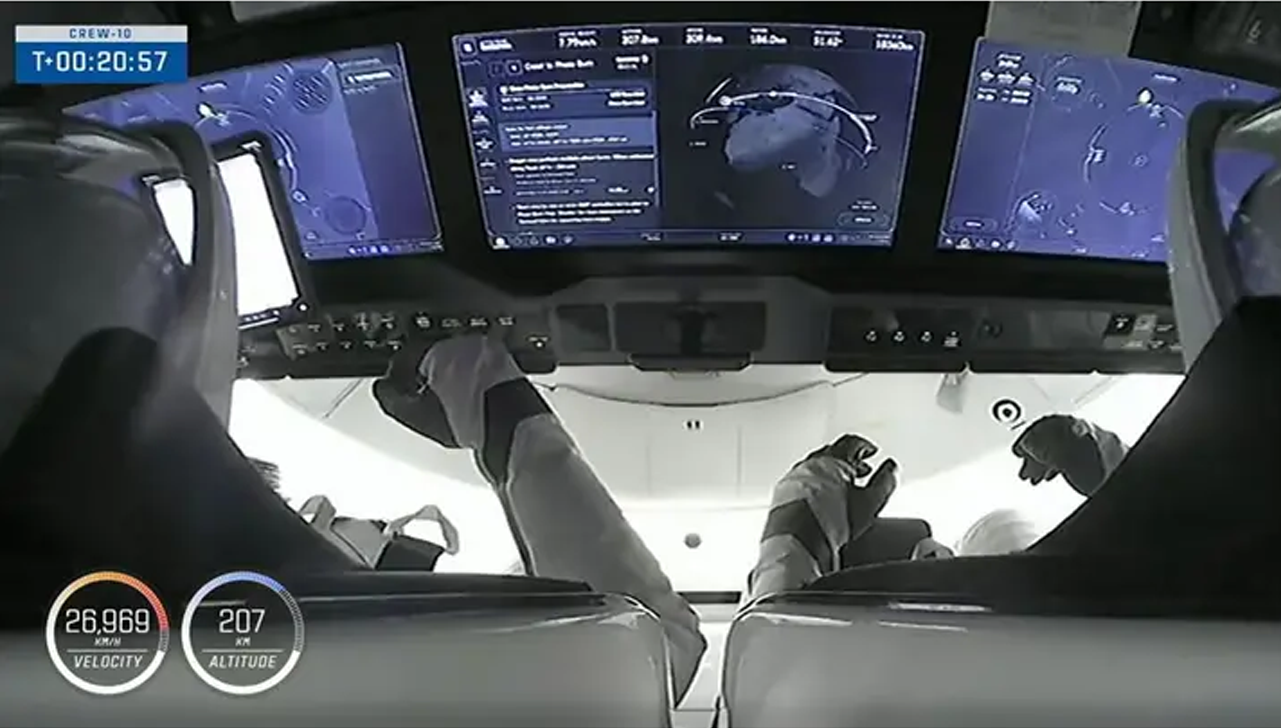
On-Board Activities and Mission Goals
Once the Dragon spacecraft reaches the ISS, a two-day handover will start. During this time, the new crew will work with the astronauts who are already on the station. This helps make the transition smooth and safe.
At the ISS, the Crew-10 team will do many important tasks. They will run science experiments and test new technology. They will also perform maintenance on the station. These activities help us learn more about life in space and how to improve space travel in the future.
The work done on the ISS is important. The experiments help scientists understand how the human body works in low gravity. They also study materials and technology in space. This knowledge can help us plan missions to the Moon, Mars, and beyond.
The mission is not just about rescue. It also moves science forward. Every experiment and every test adds to our knowledge of space. The work on the ISS is like a big laboratory in the sky.
Future Plans and Impact
The success of the Crew-10 mission is a big step for space travel. It shows that working together, we can solve problems and keep astronauts safe. The mission will help us learn more about how to do rescue missions in space.
NASA and SpaceX have shown that they can work as a team. This cooperation will help future missions. It can make space travel safer and more efficient. The technology used in this mission, like the Falcon 9 rocket and Dragon spacecraft, will be used again in many future missions.
This mission also helps us understand the risks and challenges of space travel. Every problem that is solved makes us better prepared for the next mission. The lessons learned from Crew-10 will help improve plans for long-term space travel, such as missions to Mars.
The work done by the astronauts on the ISS is also very important. The experiments and tests they run will help us know more about living in space. This knowledge can be used to design better spacecraft and space stations in the future.
Fun Facts
- The Crew-10 mission is the tenth time SpaceX has flown humans with its Dragon spacecraft.
- The pre-launch ride in Tesla cars with fun license plates shows that space missions can have a fun side.
- The crew played card games to bring good luck, showing the human side of space travel.
- The ISS acts as a floating science lab where many new ideas are tested.
- The success of the Crew-10 mission builds a strong future for space rescue and research.

